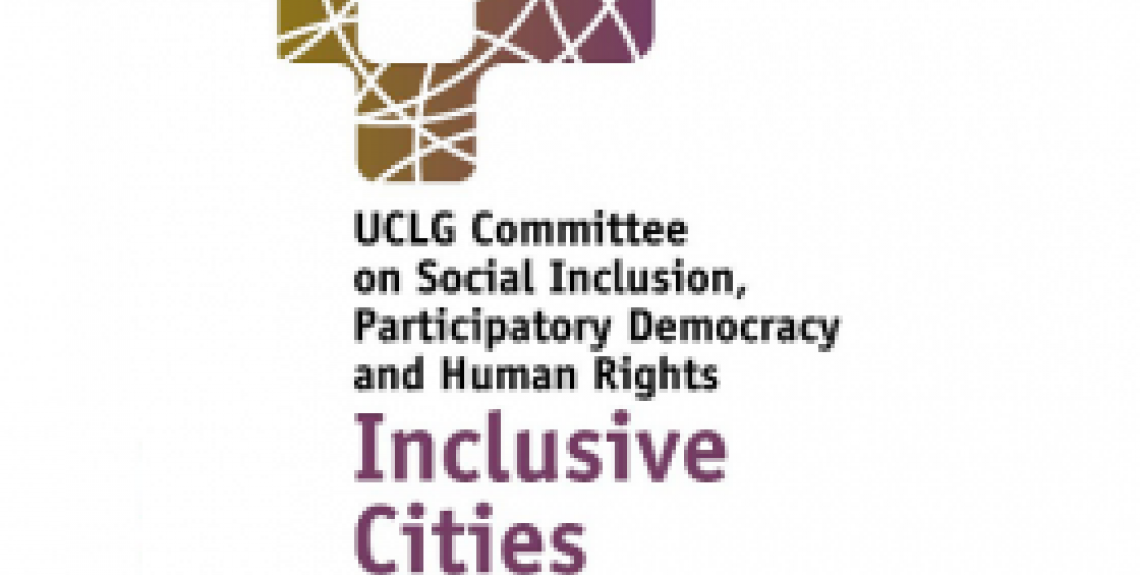The city of Armenia is located on a water system consisting of 18 microbasins that have the status of a protected area. The area is under pressure from various sources due to land use conflicts that have led to forest fragmentation and a reduction in habitat and food for wildlife.
The Municipality of Armenia’s Microbasins and Protected Urban Areas Integrated Zoning and Management Plan was designed in response to this problem. This was a plan for ecological connectivity that aimed to create 27 conservation corridors across the urban area of the municipality of Armenia; to incorporate the concept of connectivity in the municipality's zoning plans; and to integrate the community into the ecological restoration process of the protected areas.
The participatory process
The design and creation of the corridor was a participatory, consensus-based process involving consultation and institutional coordination. The policy was implemented by means of a process involving outreach, awareness-raising, reinforcement of skills and the creation of spaces for the implementation of environmental management projects targeted at the population of Armenia. These processes are embodied in the so-called Urban Environmental School (EAU), a key factor in the policy's sustainability strategy, as it considers environmental education in terms of an axis that enables awareness, skills and assimilation by the public to be articulated and generated. Indeed, the EAU provides the framework for the policy's socialization and a space for consultation where new actors in the process can meet and become involved. All this enabled to carry out various activities related to each type of vegetation: forest enrichment with native species, enrichment of bogland, and reforestation of pastures and edge areas with lines of trees and gardens as buffer zones.
Results and challenges
Given that it is an initiative from civil society, the main challenge has been to obtain the commitment of the municipal government, which was finally enshrined in several legal documents. First, the Territorial Zoning Plan and the Municipal Protected Urban Areas System included the microbasins as protected land and strategic areas of the municipality. Subsequently, while the conservation corridors were being established, the city's Environmental Management Plan was developed. This guaranteed the municipal government's commitment by including the concept of structural connectivity.
This policy could be considered successful to the extent that it goes beyond designing wild habitats. The corridor design aimed to address the needs of the community involved, as well as meet the need to restore ecosystems, maintain their structure and extend their work. The main challenges and constraints were the need to consult each actor individually about the work involved to establish the corridor, and the project's vulnerability in terms of the municipal government's permanence and commitment.


